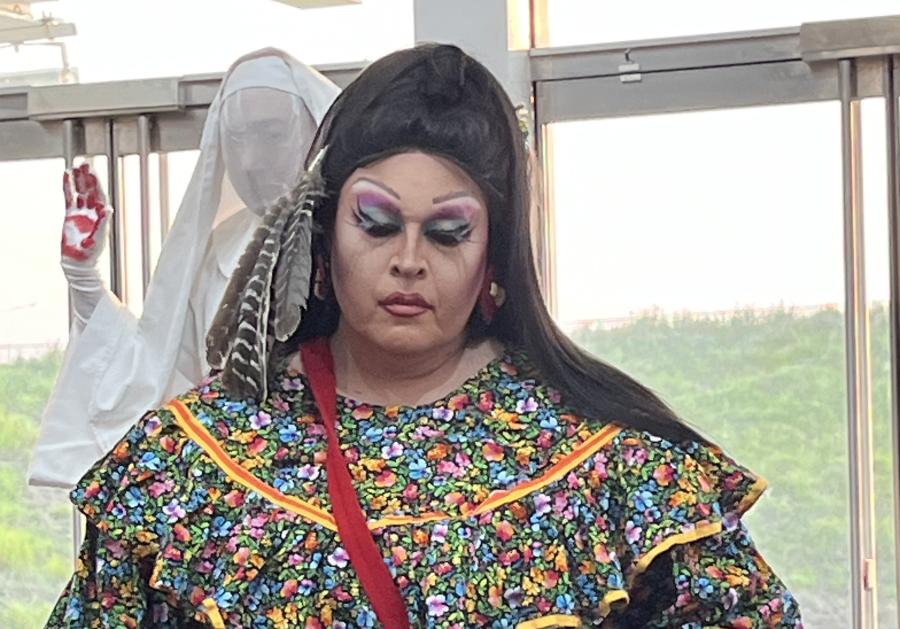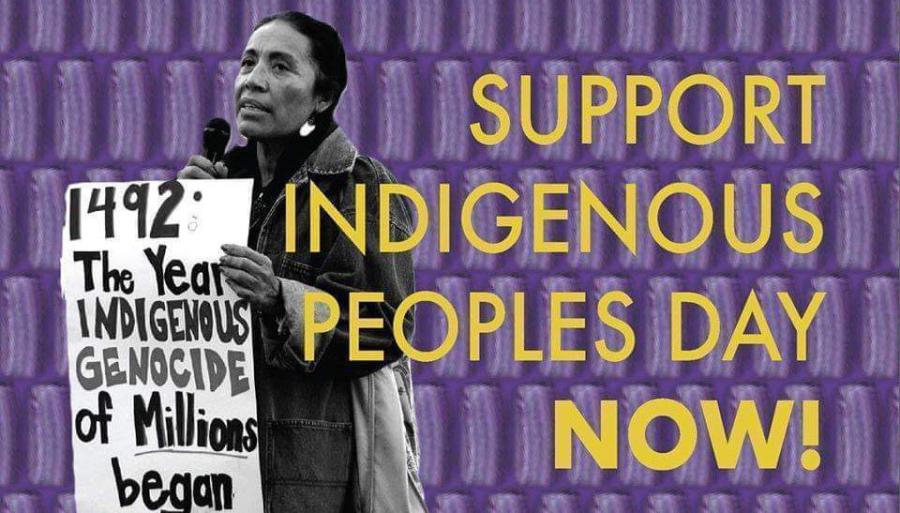Working with the Diné community, Black Mesa Weavers for Life and Land, a Cultural Survival Special Project, has found innovative ways to expand the market for wool produced from the fleece of churro sheep on Black Mesa.
Churro fleece is unique and particularly suitable for weaving because it is not as greasy as other wools, meaning it requires less water (a precious resource on Black Mesa) and a shorter preparation time for spinners. Furthermore, the fleece comes in numerous natural colors from apricot and copper shades to more typical blacks, browns, beiges, and whites. Both commercial and vegetable dyes are captured well by the lustrous whites of churro fleece.
At the third annual wool buy for Diné herders at the Hardrock Chapter in June, Black Mesa Weavers purchased 1,200 more pounds of wool than when the event was inaugurated in 2002. A fair price of $1.65 per pound for the wool was paid directly to the Diné woolgrowers. Fifty-three Black Mesa households participated in this year’s wool buy—18 more than in 2002.
Opening a new market for the work of Black Mesa weavers, the Arizona State Museum “Native Goods” Museum Store is exhibiting and selling Black Mesa rugs and tapestries until May 2005. The bulk of the sales will be returned directly to the Diné artists.
Black Mesa Weavers are also in the midst of finalizing a design for a limited edition churro Black Mesa Blanket with Pendleton Woolen Mills. The Black Mesa Weavers Advisory Council, composed of nine volunteer members including Black Mesa Diné woolgrowers, weavers, and educators, is designing a churro saddle blanket characteristic of traditional Black Mesa Navajo weavings. Carol Snyder Halberstadt, Black Mesa Weavers coordinator, said that the plan calls for Pendleton to create 250 first-edition Navajo-Churro blankets to sell for about $300 each. Each blanket’s sale will yield a gross profit of about $170 that will go to the project's general fund, some of which will be earmarked for scholarships.
“I hope the enterprise can help the weaving continue,” Edith Simonson, a Diné woolgrower, hand-processor, and weaver, told Massachusetts Institute of Technology students working with the project in 2003. “If they put up some more projects, more women will come and work. The only thing we don’t have is a place to work in the winter, when it gets windy and rainy. But we have the willingness. Right now I do my own spinning and weaving at home, but I think it’s better to do it together as a community. That way we can give more people a chance.”
Black Mesa Weavers has numerous long-term plans, but the immediate goals focus on networking and uncovering new venues where its name and products can be publicized.
Black Mesa Weavers for Life and Land is succeeding thanks to the perseverance of Diné sheepherders, weavers, and teachers, and with support from donations from Cultural Survival members. For further information on this special project, contact Carol Snyder Halberstadt at P.O. Box 543, Newton, Massachusetts 02456; e-mail carol@migrations.com; or see www.blackmesaweavers.org.
Katie Messick is a Cultural Survival intern.



